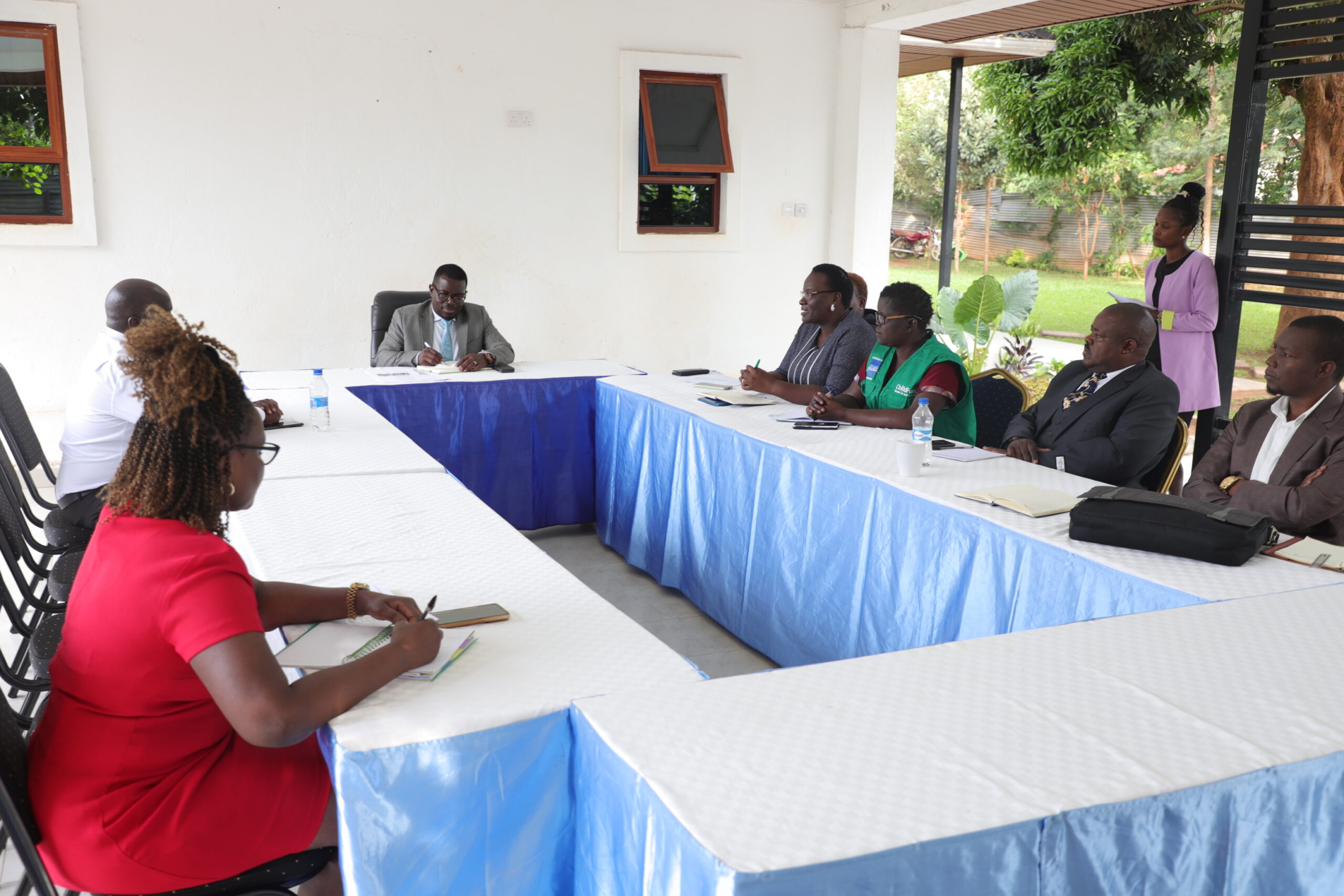Busia County, Kenya
Learn more about Busia County's food system below
City overview
As of the 2019 census, Busia County had a population of 893,861, covering approximately 1,694.5 square kilometers, making it one of Kenya’s smallest counties. It serves as a gateway to Uganda, with border crossing points at Busia and Malaba towns. The county is predominantly inhabited by the Luhya and Teso communities, along with residents including Luos, Kikuyus, Somalis, and Kisiis. The main economic activities are agriculture, fishing, and trade. Busia and Malaba towns thrive as trade hubs, exchanging livestock, agricultural products, and manufactured goods. The climate supports crops such as maize, beans, sweet potatoes, and sugar cane. Fishing is significant due to nearby Lake Victoria, which hosts species like Nile perch and tilapia. Busia County is headquartered in Busia Town, located in western Kenya. It borders Bungoma, Kakamega, Siaya, Lake Victoria, and Uganda, with elevations ranging from 1,130 to 1,500 meters above sea level.
Status of food and nutrition security
Busia, straddling the Kenya-Uganda border, faces distinct challenges and opportunities in food and nutrition security. Food Security: Agriculture is central to Busia’s economy, with many households engaged in subsistence farming. However, low productivity due to reliance on rain-fed agriculture, limited access to modern techniques, and poor soil quality, often leads to food shortages. The main crops—maize, beans, cassava, sweet potatoes, and bananas—need diversification to enhance resilience against pests and climatic shocks. While proximity to the border offers cross-border trade opportunities, poor infrastructure hampers market access. Nutrition Security: Diets are often limited to staple foods, resulting in insufficient protein, fruits, and vegetables, which can cause micronutrient deficiencies, particularly in vulnerable groups like children and pregnant women. Access to health services, including nutritional support, is critical but often inadequate. Additionally, safe drinking water and sanitation are essential to prevent diseases that exacerbate malnutrition, necessitating ongoing improvements in infrastructure.
Food systems policies and programmes
The Ward Based Agriculture Sector Driven Rural Economic Revitalization Programme aims to improve household well-being sustainably, aligning with SDG I & II. Agricultural growth, crucial for this goal, faces challenges such as fragmented production, uncoordinated decision-making, poor legislative frameworks, and weak budgeting. Past interventions have proven ineffective, highlighting the need for a multi-sectoral approach to finance programmes that boost yields, enhance income from value chains, and create jobs. The theory of change recognises the ward as a central unit for economic development, focusing on access to financial and technical support, inputs, enabling infrastructure, affordable health services, market access, and affordable housing. It proposes five pathways: strengthening farmer organisations, promoting sustainable production, reforming extension services, enhancing the legal framework, and developing markets through agribusiness incubation. The programme seeks to increase farm productivity and profitability by 2027, engaging stakeholders and recognising the roles of women and youth in the agricultural value chain.

Challenges
General food and nutritional insecurity
Food loss and waste
Food safety & sanitation (including safe water)
Climate change and extreme weather events
Poor infrastructure
Strengths
Obesity and dietary related diseases
Availability of healthy food (preventing food deserts)
Pricing of healthy food and limiting food price inflation
Implementation of school feeding programmes
Preventing monopolisation: big companies taking over the food system
Multi-stakeholder governance processes
Successful initiatives
1. Implementation of a Multi-Stakeholder Governance Approach
2. Development of a Diversified Production System
3. Formation of the Busia County Food System Platform
Ambitions and targets in terms of sustainability of the food system
1. Attaining Sustainable Diversified Production System that increases access to nutritious foods to Busia Residents.
2. Well Coordinated Food System activities with all stakeholders playing vital roles to achieved sustainable food system.
3. Attaining a food safe system where all existing food safety bottlenecks attributed to trans-border trade are addressed.

